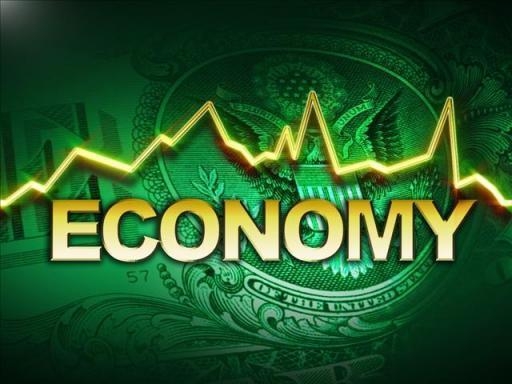Economy

Durable Goods Report Disappoints in December
Written by Sandy Williams
February 21, 2019
A delayed report on manufactured durable goods showed new orders increased 1.2 percent in December, due mostly to orders for transportation. Excluding transportation, new orders rose just 0.1 percent.
Orders for core capital goods, which exclude defense and aircraft and are considered a measure of business investment, dropped unexpectedly by 0.7 percent after a downward revision in November. The decrease surprised economists surveyed by Reuters who expected a 0.2 percent increase for the month.
“I view the softness in business investment as a response to policy-related uncertainties, starting last summer with the imposition of tariffs on China, which raised the prospect of a trade war,” said Stephen Stanley, chief economist at Amherst Pierpont Securities, in a note to clients. “Those uncertainties were certainly greatly exacerbated by the federal government shutdown in December and January.”
Orders for primary metals fell 0.9 percent from November and shipments declined 1.3 percent.
The December advance report on manufacturers’ shipments, inventories and orders, delayed by the partial government shutdown, follows:
New Orders
New orders for manufactured durable goods in December increased $3.0 billion or 1.2 percent to $254.4 billion, the U.S. Census Bureau announced today. This increase, up two consecutive months, followed a 1.0 percent November increase. Excluding transportation, new orders increased 0.1 percent. Excluding defense, new orders increased 1.8 percent. Transportation equipment, up four of the last five months, led the increase by $2.8 billion or 3.3 percent to $90.2 billion.
Shipments
Shipments of manufactured durable goods in December, up four of the last five months, increased $2.1 billion or 0.8 percent to $259.7 billion. This followed a 1.0 percent November increase. Transportation equipment, also up four of the last five months, led the increase by $1.4 billion or 1.5 percent to $91.4 billion.
Unfilled Orders
Unfilled orders for manufactured durable goods in December, down three consecutive months, decreased $1.1 billion or 0.1 percent to $1,180.1 billion. This followed a 0.2 percent November decrease. Transportation equipment, also down three consecutive months, drove the decrease by $1.2 billion or 0.1 percent to $811.1 billion.
Inventories
Inventories of manufactured durable goods in December, up 23 of the last 24 months, increased $0.9 billion or 0.2 percent to $414.7 billion. This followed a 0.4 percent November increase. Primary metals, up 25 of the last 26 months, led the increase by $0.4 billion or 1.1 percent to $36.6 billion.
Capital Goods
Nondefense new orders for capital goods in December increased $2.8 billion or 3.7 percent to $77.8 billion. Shipments increased $0.4 billion or 0.5 percent to $80.0 billion. Unfilled orders decreased $2.2 billion or 0.3 percent to $708.1 billion. Inventories increased $0.5 billion or 0.3 percent to $181.5 billion. Defense new orders for capital goods in December decreased $1.0 billion or 7.0 percent to $13.3 billion. Shipments increased $0.5 billion or 4.1 percent to $12.5 billion. Unfilled orders increased $0.8 billion or 0.5 percent to $157.1 billion. Inventories decreased $0.2 billion or 1.0 percent to $22.7 billion.
Revised November Data
Revised seasonally adjusted November figures for all manufacturing industries were: new orders, $499.9 billion (revised from $499.2); shipments, $506.0 billion (revised from $505.1 billion); unfilled orders, $1,181.3 billion (revised from $1,181.5 billion); and total inventories, $681.3 billion (revised from $681.1 billion).

Sandy Williams
Read more from Sandy WilliamsLatest in Economy

Architecture billings continue to slide in March
Architecture firms said billings continued to decline in March, according to the latest Architecture Billings Index (ABI) released by the American Institute of Architects (AIA) and Deltek.

Beige Book shows concerns about trade policy
Manufacturing was mixed, but two-thirds of districts said activity was little changed or had declined.

New York state manufacturing index drops again in April
Firms were pessimistic, with the future general business conditions index falling to its second lowest reading in the more than 20-year history of the survey

Construction adds 13,000 jobs in March
The construction sector added 13,000 jobs, seasonally adjusted, in March, but tariffs could undermine the industry.

Supply chains, end-users brace for impact from tariffs
Supply chains are working through what the tariffs mean for them
